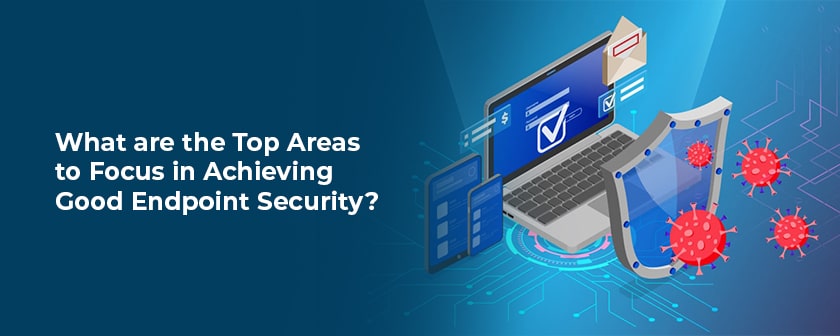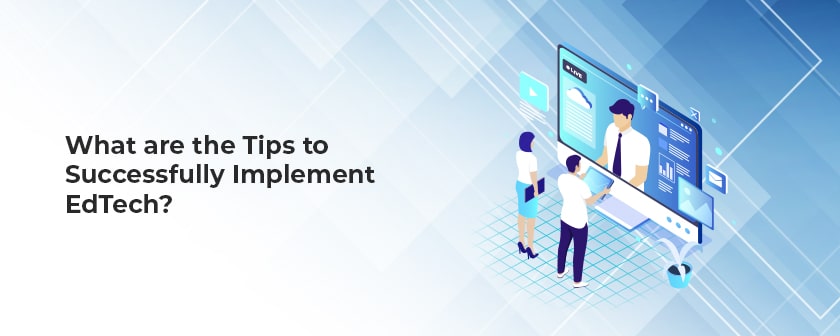While many companies are looking to bring employees back to the office with the easing of the COVID pandemic, it is pertinent to note that it is a gradual process. It is no doubt that a hybrid concept of partially working from home is here to stay. Hence, the concept of endpoint security will continue to remain critical when considering the overall cyber security of an organization.
What is Endpoint Detection and Response?
The end device used by employees to connect to a business network like a mobile phone, laptop, or any other device is an endpoint. The concept of monitoring these endpoints in an automated and real-time fashion, collecting data based on the same, and delivering a threat response mechanism is endpoint detection and response.
The other term used for Endpoint Detection and Response (EDR) is Endpoint Threat Detection and Response (ETDR).
There are five basic principles around which this works
1) Monitor endpoints actively and collect data from any activity that is flagged as a threat.
2) Analyse data and study for patterns
3) Go in for automated responses to identify all threats and go on to either remove or contain them
4) Deliver auto-notifications to security staff regarding the threat
5) Look for other suspicious activities by utilizing various analyses and forensic tools
From the above, it is evident that the best way to secure a digital perimeter is by the sound implementation of an EDR solution.
Why is Endpoint Detection and Response Important?
EDR is important as the workforce has shifted to be fluid and mobile. The trend is here to stay, and hence, the number of endpoint devices connecting to a business network has drastically increased. This in itself is a security challenge.
Further, any malicious executables must be detected and neutralized, data theft must be prevented, script execution must be controlled, malware attacks and any compromise on the endpoint device must not shift to the network.
So from all the above aspects, as well as preventing larger cases like zero-day attacks, endpoint detection and response is extremely important.
What are the various methods of Endpoint Detection and Response?
An EDR response depends on the organization’s requirements, product capability, and expected sensitivity. It is always better to go in for an integrated EDR solution rather than have a variety of endpoint security solutions. Further, multiple standalone tools may work from different perspectives, and thus decision-making may not be facilitated.
Some of the different components of an EDR system are
1) Central Hub
All data is collected and analyzed in a central hub. Alerts are also sent from this hub to the relevant stakeholders, and any response is coordinated from here.
2) Data Collection Agents
These listening posts in various areas collect data, monitor the same, and keep an eye on data transfer limits, among others.
3) Response Automation
Any threat that is recognized as an automated response based on preset configurations. The data pattern is also studied to trigger such an action.
4) Analytical and Forensic Tools
In the case of new threats that do not match existing configurations or when there is a need for real-time analytics of threats, such tools are a great help in overcoming challenges. From the perspective of future-proofing an organization also, such tools play an important role and help in analyzing the anomalies and vulnerabilities better.
What makes GRhombustech Unique?
Grhombustech is among the leading cyber security companies in US and among the top cyber security companies in UAE. With over 200 employees and a footprint of serving clients across the Middle East, US, and Europe, we are dedicated to ensuring an uninterrupted flow of delivery and service all the time.
GRhombus has also established itself as a pioneer in data visualization, IoT testing, Salesforce development, and cloud testing.
For more details, contact us!



